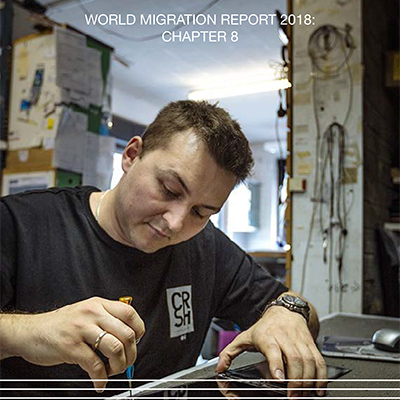Most people reading this will have met migrants in their neighbourhoods, workplaces or social circles, or they themselves will be migrants. Moreover, many people have encountered the subject of migration in the media. Ranging from films and newspapers to tweets, that coverage may have portrayed migration in one way or another, or simply raised it as a topical issue. To a large extent, our perceptions, attitudes or beliefs about migration are based on both direct experiences and those channelled through the lens of the media, although the precise mixture likely depends on our individual situations. Many people, including researchers, journalists, politicians and members of the public, present and debate particular viewpoints about migration while ignoring others. Sometimes, this deliberately encourages us to think in particular ways. Other times, it is unintentional or related to the fact that media content is often produced quickly and tends to be of limited length.
In this chapter, we aim to address four key questions:
- What do media around the world say about migration and migrants?
- What impacts does this coverage have on what members of the public, policymakers and migrants themselves think and do?
- How does the practice of journalism itself contribute to coverage?
- What implications arise from recent experiences of media and migration for future research and practice?
In addressing these questions, we acknowledge how media and migration are contested terms that take different – and changing – forms in different times and places. This chapter recognizes that, while much media research tends to focus on traditional news reporting, usually in high-income democracies typically thought of as destination countries for migrants, this is only part of the picture. This chapter also considers newer ways of communicating through websites and social media that offer different ways of identifying, generating and sharing content with others.2 Some of this content may be familiar news, but other types may be closer to entertainment and art. Modern media are extraordinarily varied in their content and forms. The chapter also points out that media coverage of migration reflects differences in how countries’ media systems operate. The degree of press freedom is an important variable here, but even relatively “free” media may be more or less objective or partisan in their approaches. While we are limited in terms of space as well as the scope of research, wherever possible we have tried to reflect the variety – if not the volume – of media interest in migration, particularly from different geographic perspectives. We examine research published in English, but have included (where possible) studies that considered media content in its original language.
